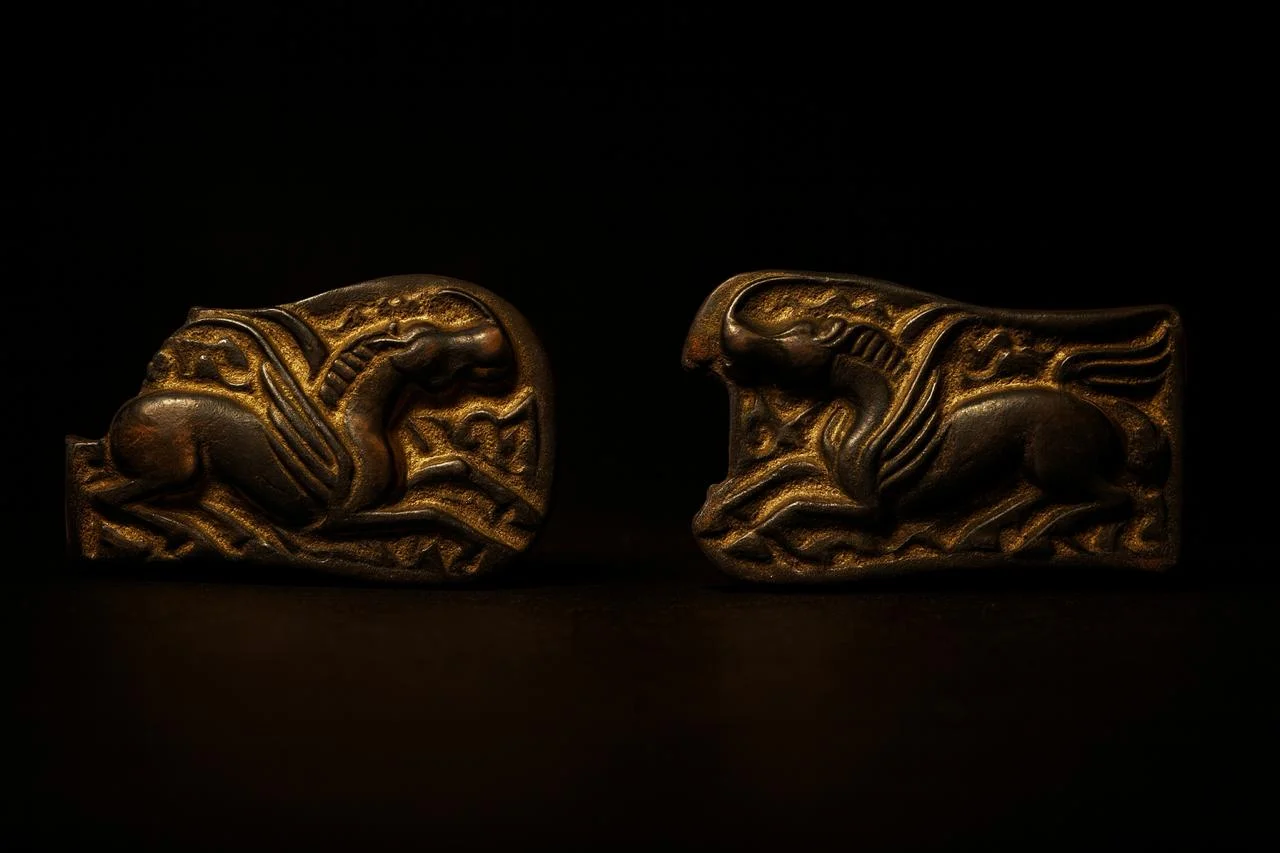
Bronze Bull’s Head, Sumer, 2600–2350 BCE / The Metropolitan Museum of Art
The history of copper is the history of human progress. From the first native nuggets that were shaped into amulets to bronze swords, cannons, and modern cables, this metal has been forged into human history since the dawn of time. It was the foundation of human technology, the physical object of money, and a symbol of power in the treasuries of kings and the temples of priests. Its trail winds across continents and centuries: from the Ulytau and Kishiktau mountains of the ancient nomads, through the temples of the Shang dynasty and the markets of the Silk Road, to the space stations of the twenty-first century. This is a story of how fire, ore, and human persistence created not just the tools we used but the world we inhabit today.
Copper: Where It All Began
The earliest copper artifact known to humanity was not a tool but a piece of jewelry: a pendant made from native copper dating back nearly 9,000 years that was discovered in what is now Turkey. For millennia after that, people used naturally occurring copper for magical amulets and jewelry, hammering and shaping without smelting it.
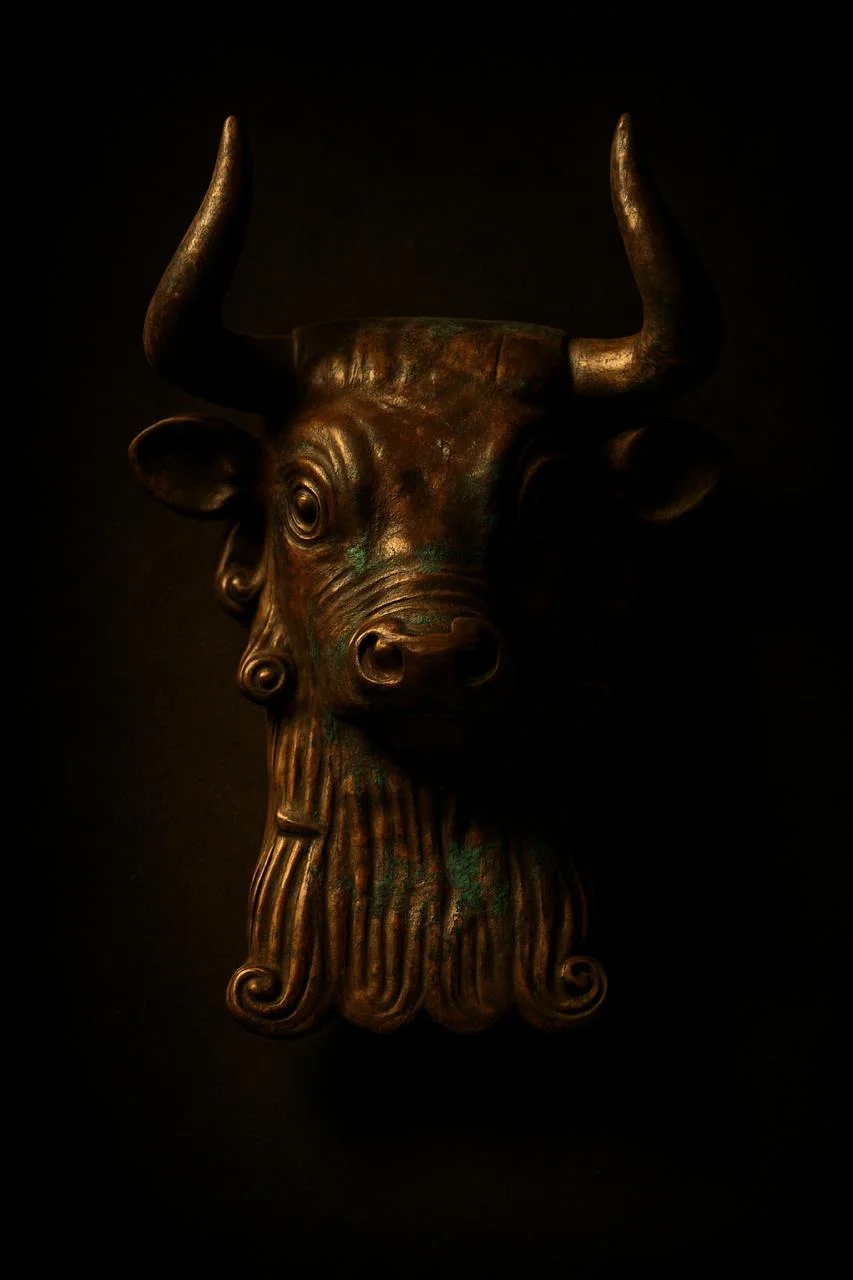
Bronze Bull’s Head, Sumer, 2600–2350 BCE / The Metropolitan Museum of Art
Over time, they discovered that copper could be smelted and the metal extracted from the ore. The real breakthrough came, however, when they learned that they could add other metals to it, especially tin, to create a stronger material. This is how bronze was born.
The Bronze Revolution
Pure copper is too soft and unsuitable to make weapons or tools. But once it is alloyed, it becomes strong, durable, and versatile. Bronze tools, armor, and household goods made life easier—and warfare deadlier. The discovery of bronze in the third millennium BCE marked the beginning of the first global technological revolution. And Central Eurasia, rich in major copper and tin deposits, became one of the ancient world's metallurgical hubs.
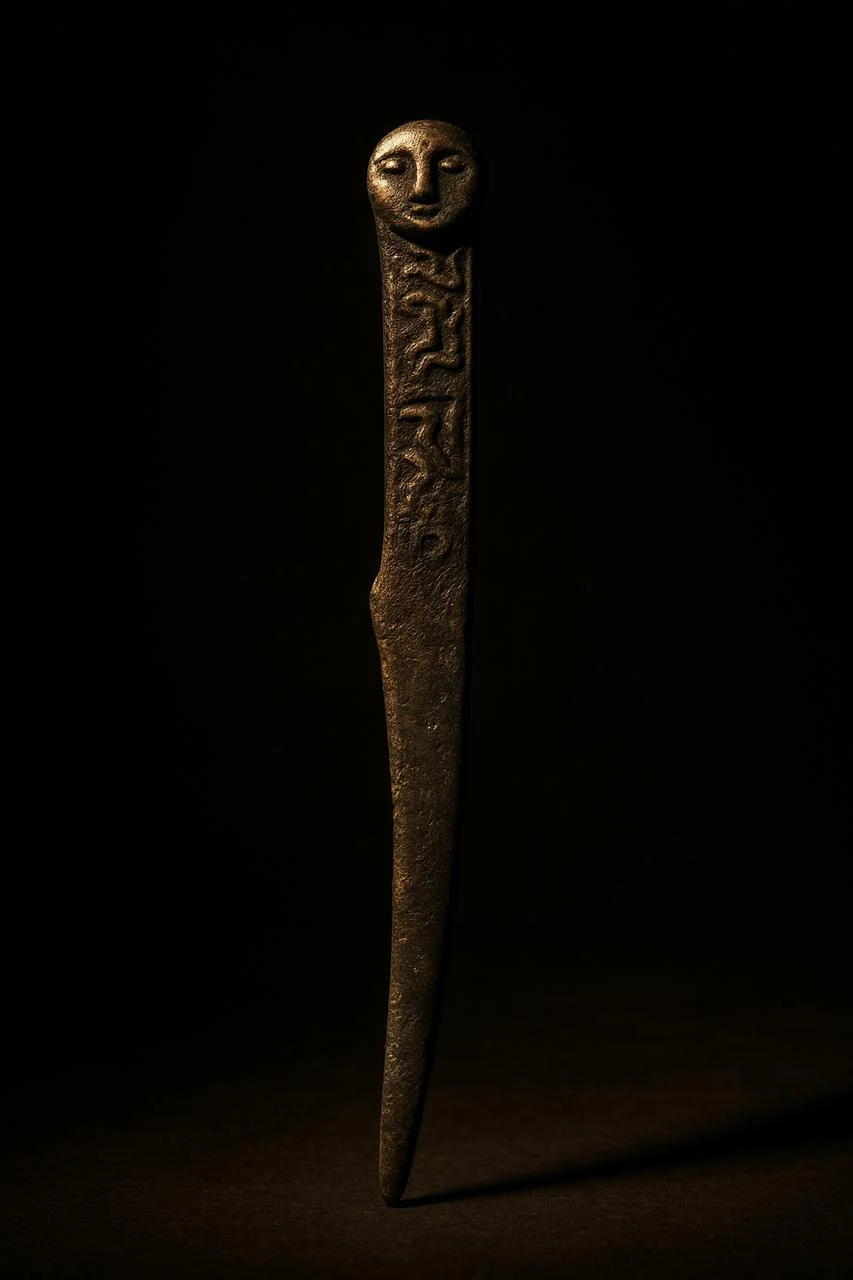
Knife, Northeast China or southeast Inner Mongolia, 8th century BCE / The Metropolitan Museum of Art
The lands of modern Kazakhstan and Kyrgyzstan, as well as the entire Altai region, were key suppliers. From here, metal flowed to Iran, India, and China.
The Masters of the Copper Mountains
In the mountains of Ulytau and Kishiktau, in the east of present-day Kazakhstan, the landscape still bears the traces of ancient mines. These very places are mentioned by the great historian and Khivan khan Abu al-Ghazi Bahadur Khan (1603–1664), the author of the famous work Shajara-i Turk (The Genealogy of the Turks):
Eastward, the yurts of the Oghuz people stretched as far as Issyk-Kul and Almalyq; to the south—to Sayram and the mountains of Kazykurt-tag and Karajyk-tag; to the north—to the mountains of Ulug-tag and Kichik-tag, where copper is mined; and to the west—to the city of Yangikent at the mouth of the Syr Darya, and to the Kara-Kum. In these lands, they lived for four to five thousand years, and from the clans that multiplied, they raised their rulersi
For Bahadur Khan, copper was more than just ore—it was a tangible source of historical pride. He regarded it as a cornerstone of his heritage, as vital and fundamental as the land he lived on and the ancestors he claimed. And he wasn’t wrong. Indeed, copper mining in what is now the territory of Kazakhstan goes back thousands of years.

Panoramic Akzhar Ulytau chalk mountains of Kazakhstan / Getty images
The region’s metal wealth was known even in antiquity and is mentioned in the oldest texts. The Avesta, the sacred book of the Zoroastrians, states that the mountains of Central Asia are rich in metalsi
From Nuggets to Empires
When nineteenth-century archaeologists began exploring and studying the steppe, they were astonished at how early metallurgy had appeared here and how advanced the craft was. A report by the American delegation for the 1867 Paris Universal Exposition described a copper nugget from the Kazakh steppe weighing 1,500 pounds, which is, astonishingly, nearly 680 kilogramsi
It reminded the Americans of discoveries from the Great Lakes region in North America and became one of the first pieces of evidence known in Europe of just how rich these lands were in copper.
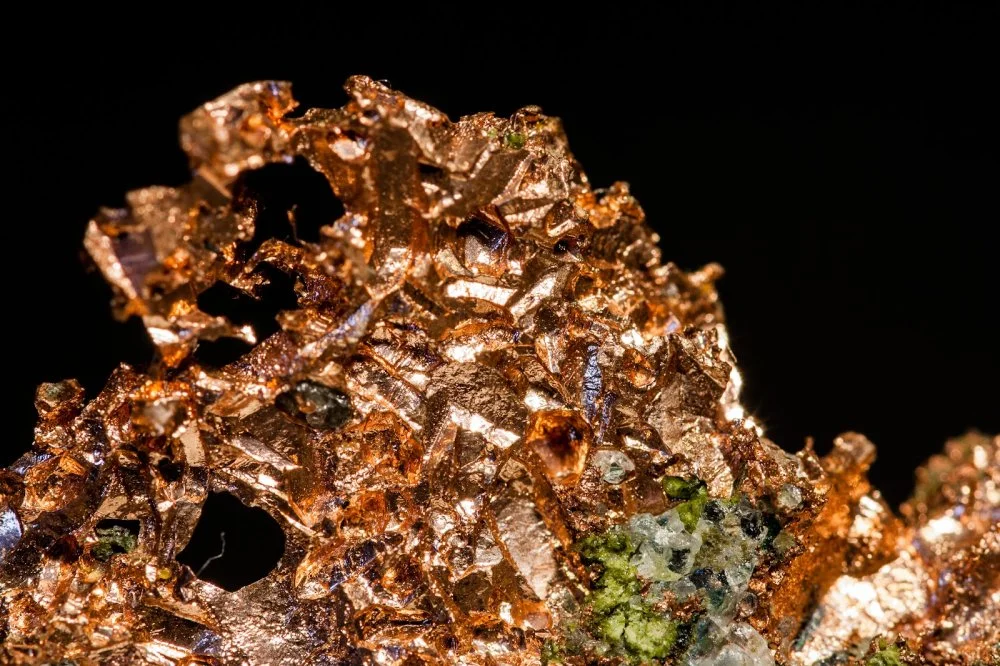
Native copper / Getty Images
In 1893, the Ministry of Finance of the Russian Empire published a multi-volume report for the World’s Columbian Exposition in Chicago, which included a detailed section on copper deposits in the Kazakh steppe. The report noted that among the more than 400 silver-bearing and copper-ore sites in the region, several were already being actively developed, including Spassk (near Karaganda), Ridder (Ridder), Zyryanovsk (Altai), Karkaralinsk, Semipalatinsk (Semei), Balkhash, and Berkara (Aktogay District)i
China and the Art of Bronze
As we now understand, even in the Bronze Age, Central Asia served as a major supplier of copper, meeting the nearly insatiable demand for the metal in the flourishing metropolises of the Near East, Iran, India, and China. But very soon, demand for copper surged within the region itself. China, too, has a long and ancient tradition of working with copper and bronze. The earliest objects made of native copper here appeared roughly 6,500 years ago. But the true golden age of bronze craftsmanship came during the Shang dynasty. Unlike the craftsmen of Central Asia, Siberia, and the Middle East, who employed lost-wax casting, Chinese artisans favored the technologically distinct method of piece-mold casting.
At the same time, the regions were engaged in active exchange—not only of technologies but also of artistic ideas. In the steppes of Central Asia, archaeologists have found bronze objects with symmetrical patterns characteristic of the Chinese tradition. At the same time, in China, artifacts appear that are clearly inspired by the ‘animal style’ of Saka craftsmen and by Siberian bronze weaponry.
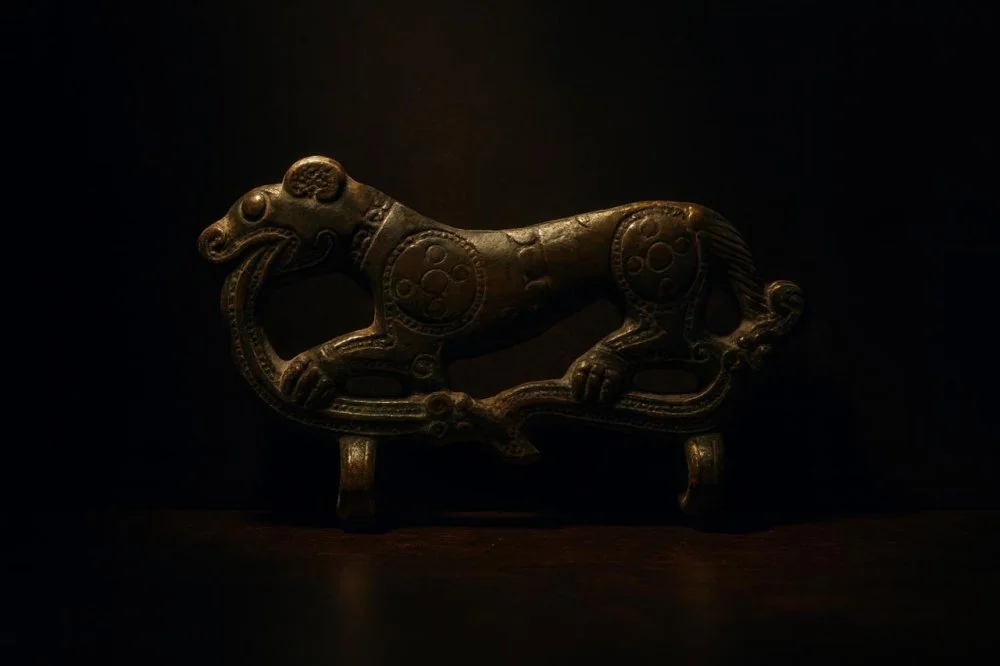
Plaque or buckle, Northern China, ca. 5th century BCE / The Metropolitan Museum of Art
The horse, which became a defining element of Chinese civilization, also came from the Eurasian steppe. Along with it, bronze stirrups, ornaments, and horse gear made their way into China for centuries, becoming among the most valuable goods in trade between nomads and the Middle Kingdomi
The Engine of Trade
Long before the advent of paper money, copper already served as a universal medium of exchange. It melted easily, did not rust, and kept its shape—indeed, it was the ideal metal for the economy of the ancient world. At first, bronze knives, axes, and vessels acted as currency, and around 2,600 years ago, the Lydian king Alyattesi
In Central Asia, copper and bronze coins were used for centuries; they were the currency of the Great Silk Road. The Arab geographer al-Maqdisii
Over time, copper became not only a commodity but a tool of power: whoever controlled mining and minting controlled trade and the army. A crucial factor in this was copper’s virtually infinite recyclability—it can be melted again and again without losing its properties. For this reason, copper mined many centuries ago often remains in circulation today.
Empires on the Crucible Fire
After the fall of the Roman Empire, Europe turned to silver, while Eastern Eurasia remained loyal to bronze. During the Yuan dynasty under Kublai Khan, the grandson of Chinggis Khan, paper money first made an appearance, but its value was still denominated in bronze equivalents. Even taxes and officials’ salaries were calculated in bronze, with the metal remaining a measure of value.
In India, copper and bronze alloys played a decisive role during Babur’s era and the formation of the Mughal Empire. Bronze siege mortars and artillery, known as kazans, gave the army a technological edge. The production of bronze cannons became widespread, and the copper-to-silver price ratio rose significantly.

Coins of the Yuan dynasty / Wikimedia Commons
When the Iron Age arrived, bronze gave way to the new metal in weapons and tools, but it did not lose its significance. It remained a medium for art and measurement, crafted into ornaments, measuring instruments, coins, and ritual vessels. The metal from which it all began continued to serve as a symbol of beauty and power.
The Return of Copper
With the advent of electricity, copper gained new importance, only now as a symbol of a new industrial era. It became the backbone of wires, machines, and communication networks. Without it, it would have been impossible to build a city, a power plant, or a telephone system.
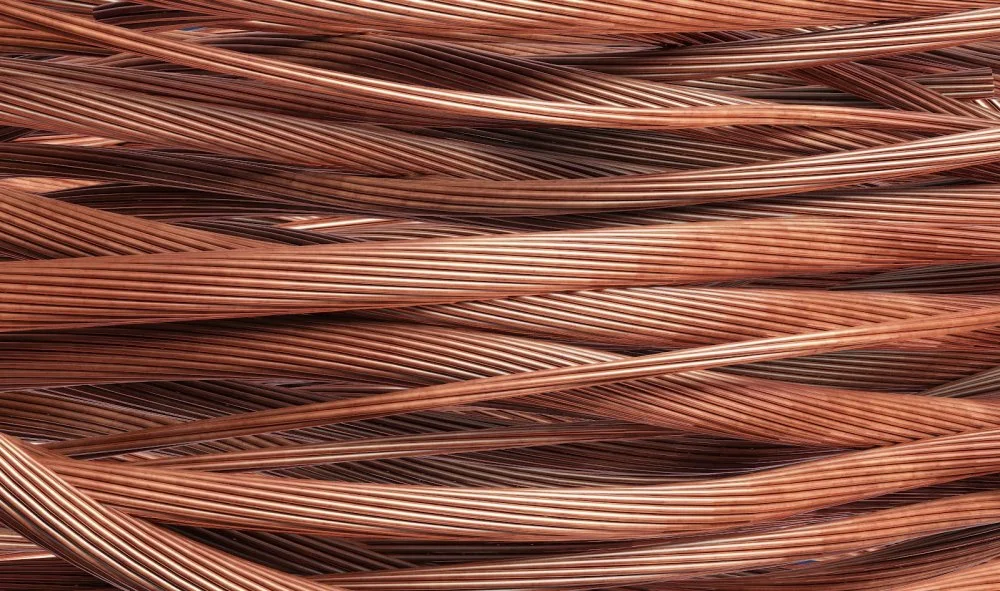
Stripped copper cables / Getty images
Today, in the age of automation and artificial intelligence, copper is once again at the height of its importance. From mining to nanotechnology, it links ancient mines with the modern world.
Even today, in the very places where ancient craftsmen smelted copper thousands of years ago, engineers and geologists carry on the same work. Their tools may be different, but the purpose remains unchanged: transforming natural resources into progress. KAZ Minerals continues this tradition—Kazakhstan’s largest mining company is turning copper into a resource for the future. Its projects, Aktogay and Bozshakol, rank among the largest in Eurasia.
The company’s production model is based on open-pit mining with a high degree of automation and strict environmental controls. In 2024 alone, total copper production reached around 380,000 tons, and investments over the past ten years have exceeded US$6.5 billion.
A special chapter in this story is the Aktogay Mining and Processing Complex. Here, in December 2015, the first cathode copper was produced, marking a modern milestone in a story that stretches back thousands of years. The expansion of the facilities has doubled the amount of sulfide ore they can process, while new digital systems have helped cut energy use and lower CO₂ emissions. This combination of scale and innovation makes KAZ Minerals a central figure in the global copper supply chain, a resource essential for the shift to a green economy and electric transport.
Thousands of years ago, copper transformed humanity, teaching us to smelt, build, and trade. Today, it remains at the center of civilization, only now in a digital age. From the earliest nuggets to twenty-first-century cathode copper, a continuous thread runs through history. At the heart of that thread is Central Asia, where the metal that gave rise to civilization continues to shape the future.
